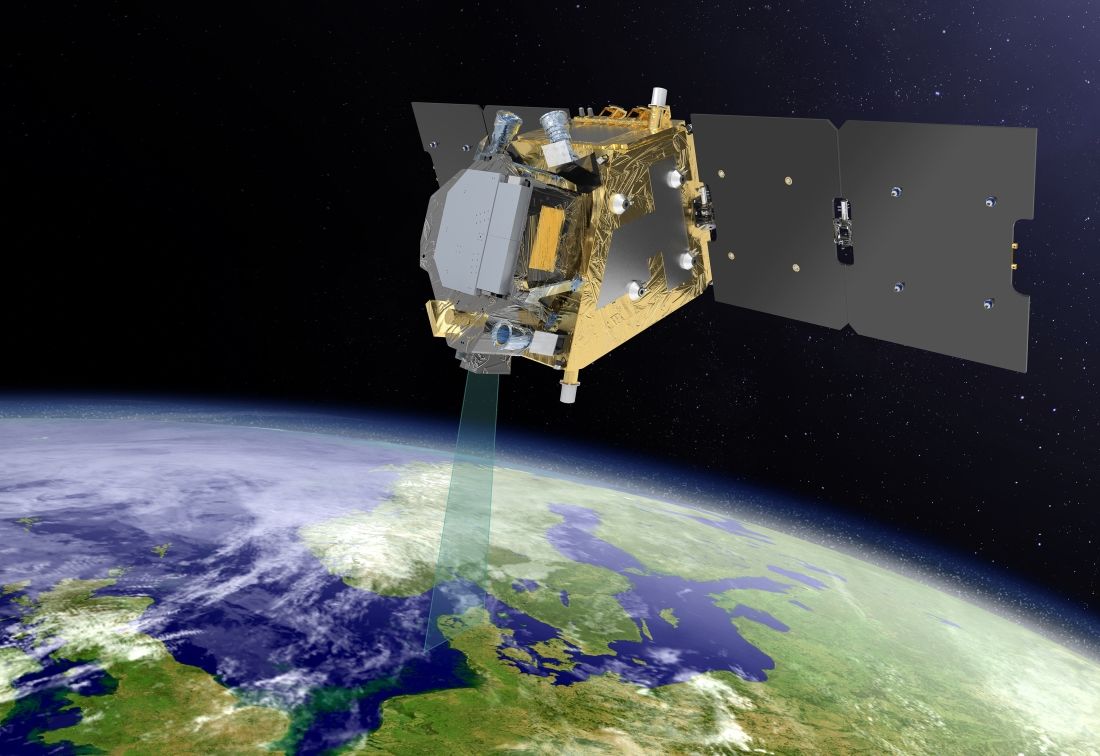Thales Alenia Space has signed a contract with the European Space Agency (ESA) to lead the Fluorescence Explorer (FLEX) mission, scheduled for launch in 2023.
Thales Alenia Space has signed a contract with the European Space Agency (ESA) to lead the Fluorescence Explorer (FLEX) satellite mission. FLEX, which was selected in 2015 as ESA's eighth Earth Explorer mission, is scheduled for launch in 2023.
FLEX will make use of an innovative instrument, named FLORIS, to map the Earth’s vegetation fluorescence to quantify photosynthetic activity.
Thales Alenia Space is programme prime contractor and has also signed a novation agreement to integrate the contract that ESA awarded to Leonardo in 2016 concerning the development of the FLORIS instrument. The overall contract is worth approximately €150m.
Thales Alenia Space will be leading a consortium that includes its own subsidiaries and partners from the space industry. Thales Alenia Space in the UK will be in charge of the satellite propulsion system, as well as assembly, integration and testing (AIT). Thales Alenia Space in Spain will provide the radio-frequency subsystem, including X-band and S-band transponders, and RUAG will contribute to the design and production of the platform.
Leonardo’s FLORIS instrument is a high-resolution imaging spectrometer operating in the 500-880nm spectral range. Leonardo is leading a consortium of European companies, including primary partner OHB System AG, to deliver the spectrometer.
Operating from an altitude of 800km, the FLEX instrument will collect the light emitted by plants and break it down into its constituent colours. The sensor can then identify the faint reddish glow emitted during photosynthesis, normally invisible to the naked eye, and precisely identify the fluorescence of vegetation, allowing researchers to evaluate the health of Earth’s ecosystem.
The FLEX satellite will orbit in tandem with one of the Sentinel-3 satellites (part of Europe’s Copernicus program), also built by Thales Alenia Space. It will take advantage of Sentinel-3’s optical and thermal sensors to provide an integrated package of measurements to assess plant health.
FLEX is to be orbited by a Vega light launcher. It will be placed in a Sun-synchronous orbit at an altitude of 815km, with an expected latency of 24 hours for Level-1 products.

